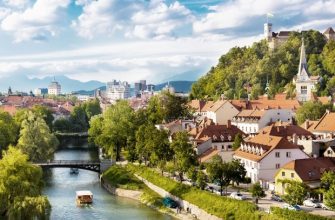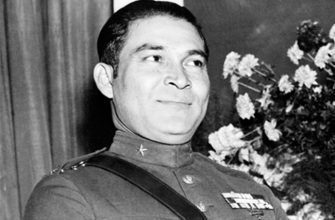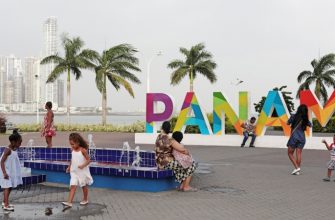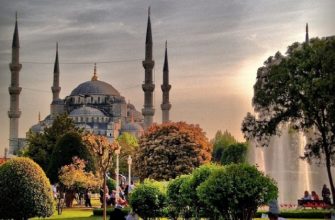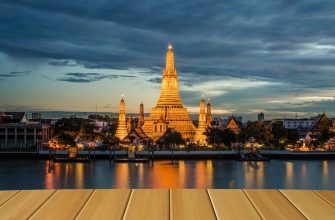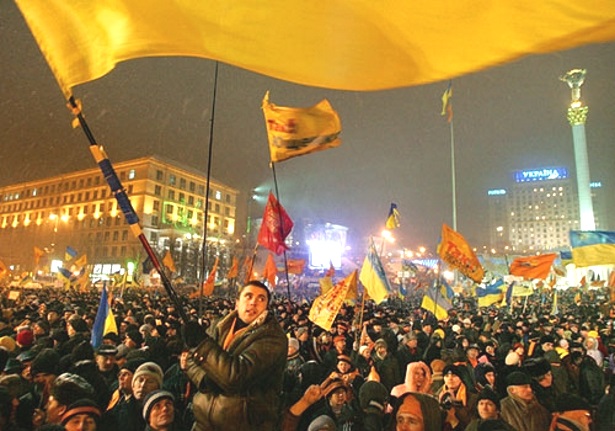
The color revolution is a new concept, characterized by an attempt to overthrow the authorities with the help of mass street protests. During these actions, clashes with the police, looting and pogroms are frequent. If the authorities do not want to accept the “non-violent actions” and try to deny the protesters their demands, such rallies often turn into armed insurgency.
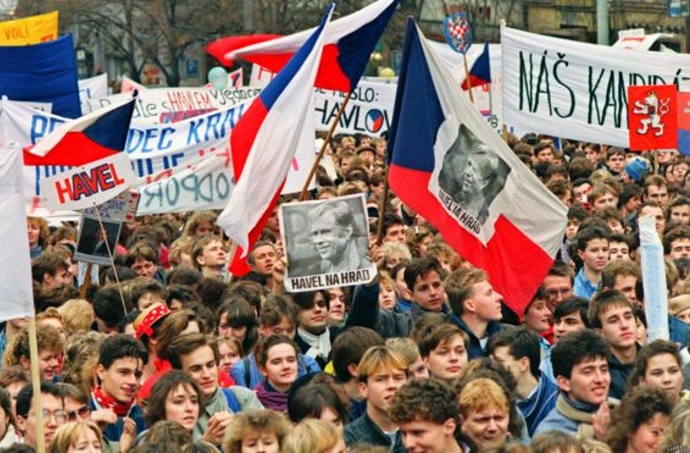
Velvet Revolution, 1989, Czechoslovakia. During Perestroika, the ideas of freedom began to spread in many Soviet republics. The velvet revolution began with a student demonstration, and the result of the protests was the disintegration of the country and the entry of its parts into the European Union, which then began to expand.

Bulldozer revolution, 2000, Yugoslavia. The revolution began after statements about the falsification of the first round of presidential elections in the country. The bulldozer revolution by seizing the buildings of the parliament in Belgrade led to the resignation of the president. The country itself disintegrated, and its fragments entered the European Union.
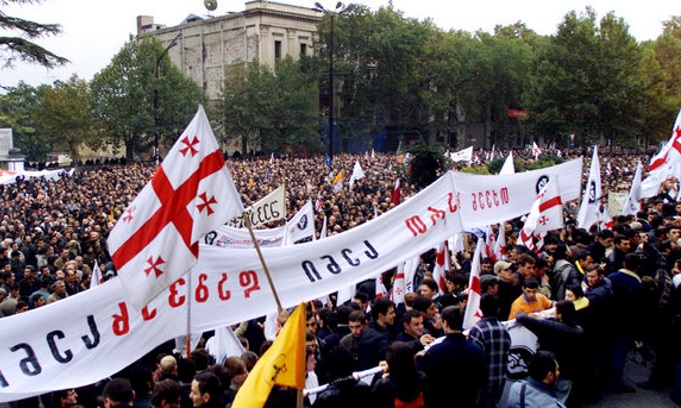
The Rose Revolution, 2003, Georgia. The opposition, headed by Mikhail Saakashvili, announced the falsification of parliamentary elections. With bouquets of roses, protesters broke into the parliament. The incumbent President Shevardnadze did not receive the support of the forces and was forced to resign. The result was Saakashvili’s victory in the elections, which integrated Georgia into the European Union.
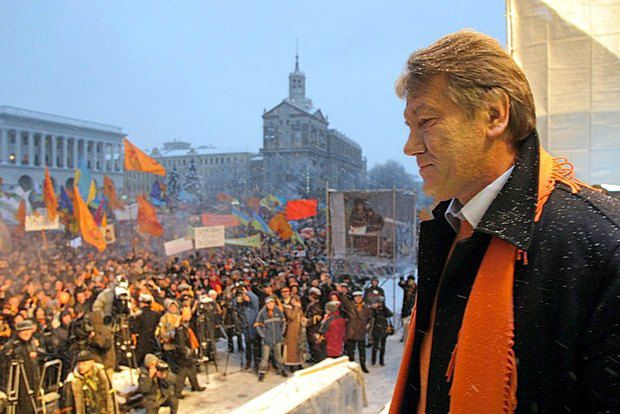
The Orange Revolution, 2004, Ukraine. This revolution also began because of accusations of election fraud, where, according to the results, Viktor Yanukovych allegedly won. His opponent, Yushchenko, along with Tymoshenko and the Socialists, demanded a second vote. After the revolution, a new vote was taken, in which Yushchenko won.
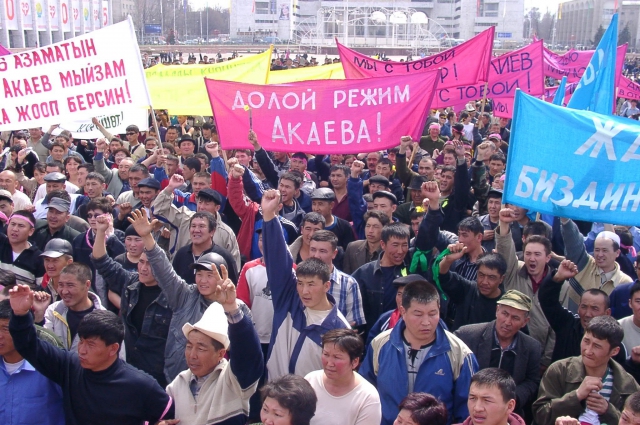
The revolution of tulips, 2005, Kyrgyzstan. The revolution of tulips was started by the oppositionists, who demanded the cancellation of the results of the parliamentary elections. The night of unrest led to the resignation of Askar Akayev and the parliament. Kurmanbek Bakiyev came to power, but after 5 years he was also deposed.
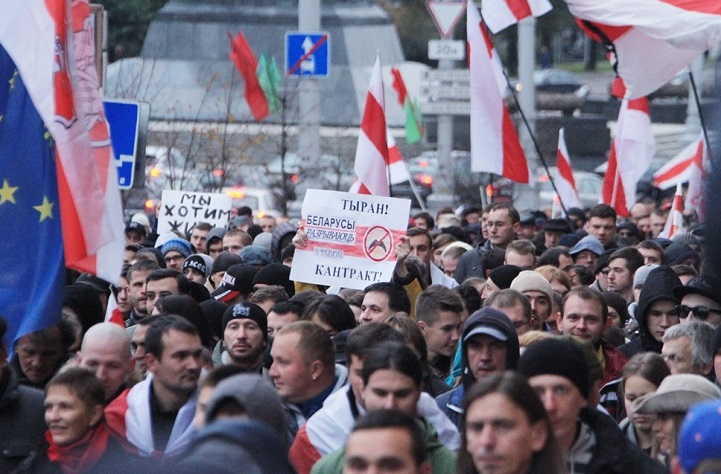
The Cornflower Revolution, 2006, Belarus. It’s protest actions in Minsk, which took place on March 19-25, when a part of the population took to the streets, protesting against the allegedly falsified results of the presidential elections. Protests were accompanied by massacres and the disappearance of people, mostly opposition politicians.
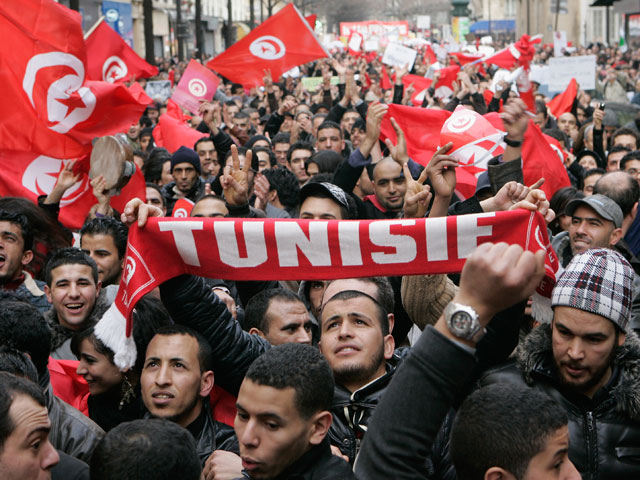
The Jasmin revolution in 2011 in Tunisia began after the self-immolation of Mohammed Boisizi. Mass demonstrations lasted about two months, as a result of which Zin El Abidine Ben Ali fled. This revolution marked the beginning of a series of color revolutions called “Arab spring”.
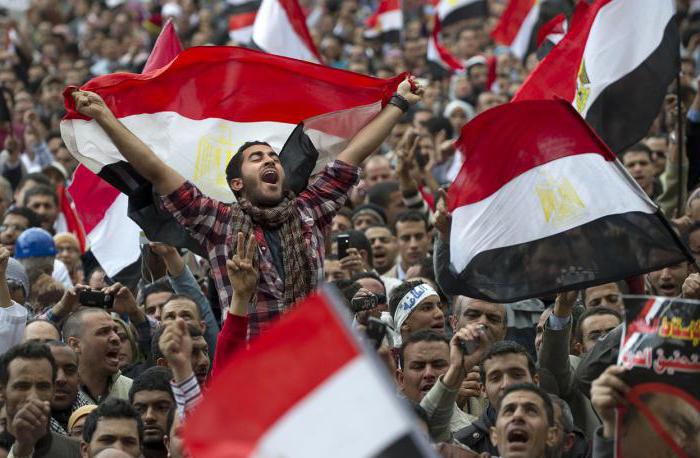
The lotus revolution, 2011, Egypt. This is a series of street demonstrations that occurred in the largest cities of Egypt, which led to the resignation of the government and the president, who was in power for about 30 years. In the presidential elections, the victory was won by Mohammed Mursi, a candidate from the Muslim Brotherhood.
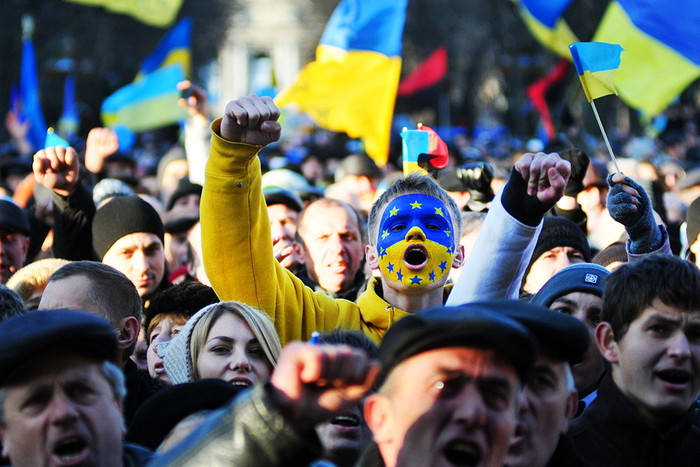
Euromaidan or the Dignity Revolution began in Ukraine in 2013, when Ukrainians learned about the decision of Viktor Yanukovych, the country’s president, about the suspension of integration with the European Union. The protesters demanded that the Agreement be signed immediately, and the government, which betrayed national interests, should retire. The situation was aggravated after the president’s decision to release Maidan from the protesters allegedly for the preparation for the New Year.



